The watercooler moment has taken on almost mythical status as a place for carefree connection.
It's used in the rhetoric of nostalgic CEOs issuing post pandemic RTO (Return To Office) mandates for their staff, symbolising the importance of coming together in-person to bolster collaboration and innovation.

But with the rise of remote working and the majority of companies opting for a hybrid approach, we can't rely on serendipitous connection to just happen by itself.
Not if we want to build stronger relationships between certain groups and nurture particular talent pools.
So I was very interested to read The Conference Board of Canada report, posted on Wednesday 22nd May, showing the crisis of isolation and disconnection that is rife in the workplace.
It found that of "those in hybrid setups, 84% of respondents...use overlapping in-person workdays so that even those rarely in the office can be together at times."
But despite this, underlined that the inherent flaws of busy schedules, heavy workloads and a back-to-back virtual meetings culture limits social connections among employees even when in the office.
"We're finding that Canadian employers don't know how to determine the amount of effort they should be devoting to building social connections."
And many organisations don't have the appropriate metrics to see if the efforts to foster connections are helping.
Out-dated approaches of bringing people together are certainly not going to solve the connection conundrum born from remote working or improve anyone's Great Place To Work scores.
This survey is further evidence of how isolated and disengaged people are with their work and their colleagues, whether they dare to say it out loud or not!
We're at a real inflection point of reconsidering how we gather so lets imagine the power of us putting connection front and centre.
A New Perspective;
When considering new ways of thinking about a problem, my first step is to look back at history to see the golden threads of humanity in the way we connect.

I then draw from personal experiences.
From these reflections, for good reason, water is a strong theme. It's one of our key life sources so it makes sense for us to congregate around it.
In the past, and still in some countries today, entire communities were bult around wells and rivers.
I often liken relationships to rivers, ever-flowing and available for you to dip your cup into, to rejuvenate yourself.
But one of the most invigorating experiences I had was in a Mexican cenote when on honeymoon back in 2013.
If you've not come across cenotes before, they're a vast and interconnected system of rivers and groundwater pools full of vibrant animal and plant life and they were relied on by the Mayan people to survive.
Having experienced the hustle and blistering heat of the ancient city of Chichen Itza, cooling off in the crystal clear waters of a refreshing, natural pool was such a tonic.
What the Cenotes Teach Us 👉
So how does this point of view help us with building stronger workplace connections?

I think we've got the order in which we think about team connection all wrong.
It tends to be a logistics-first approach and somehow the purpose gets lost with agendas hurriedly being filled last minute and speakers booked at a moment's notice.
At its worst, offsites can feel listless and bloated with updates and presentations.
Even the lunch break, we're told, is an opportunity for us to check our email rather than engage in conversation with colleagues.
The only real time we're "allowed" to connect is in the evening over drinks, but how do these conversations help us to really connect beyond the superficial, with deeper insights about our colleagues that truly build trust back in the workplace?
Instead, what if we were more purposeful about the type of connection we're aiming to build when we connect in person?
What if we were able to congregate and share more about ourselves as people and sink our teeth into topics that helped us to relate to each other as human beings?
Topics that helped us nurture our individual and collective identities.

What if we scheduled pools of time for our internal community to come together?
Much like the cenotes, think of these gatherings as a series of interconnected pools, each a chance to rejuvenate, reset and recharge together from the blistering pace of work.
This is how true relationships are built.
This is how they deepen over time.
This is how connection can lead to huge leaps in performance.
How Do We Make it Less Weird?
So if we think less structured gatherings are important, how can we do this without us just showing up in a room and being expected to get talking?!
This is where the arts lend a supportive hand.
Collaborative activities like simple art-making is an inclusive activity that floods the brain with oxytocin.
On many occasions, I've seen the dam of pent up stress and anxiety released and teams become a source of flowing conversation.
So move over watercoolers and bring on the watercolours!
With more intention and support from those around us, I think we can get so much more our of people and have a more enjoyable workplace.
This Week's Painting🖼️
This week I took myself back to how it felt being immersed in the refreshing waters of the cenote pool and created an abstract painting of the connection it brought to the Mayan people.
You can relax and reflect for a moment by watching me paint here;
What's your cadence for workplace connection? How are you being intentional about connecting within and across teams?
